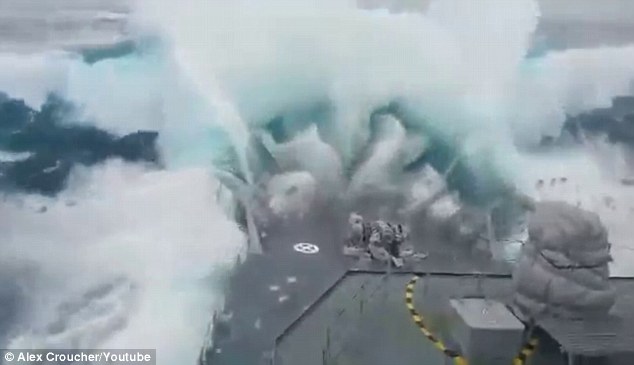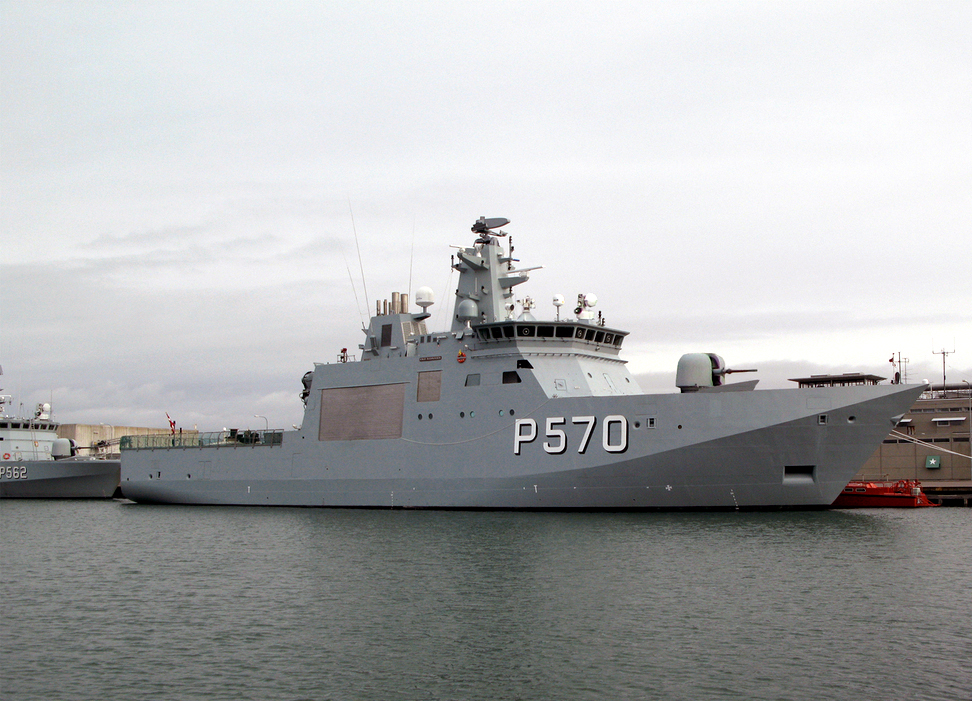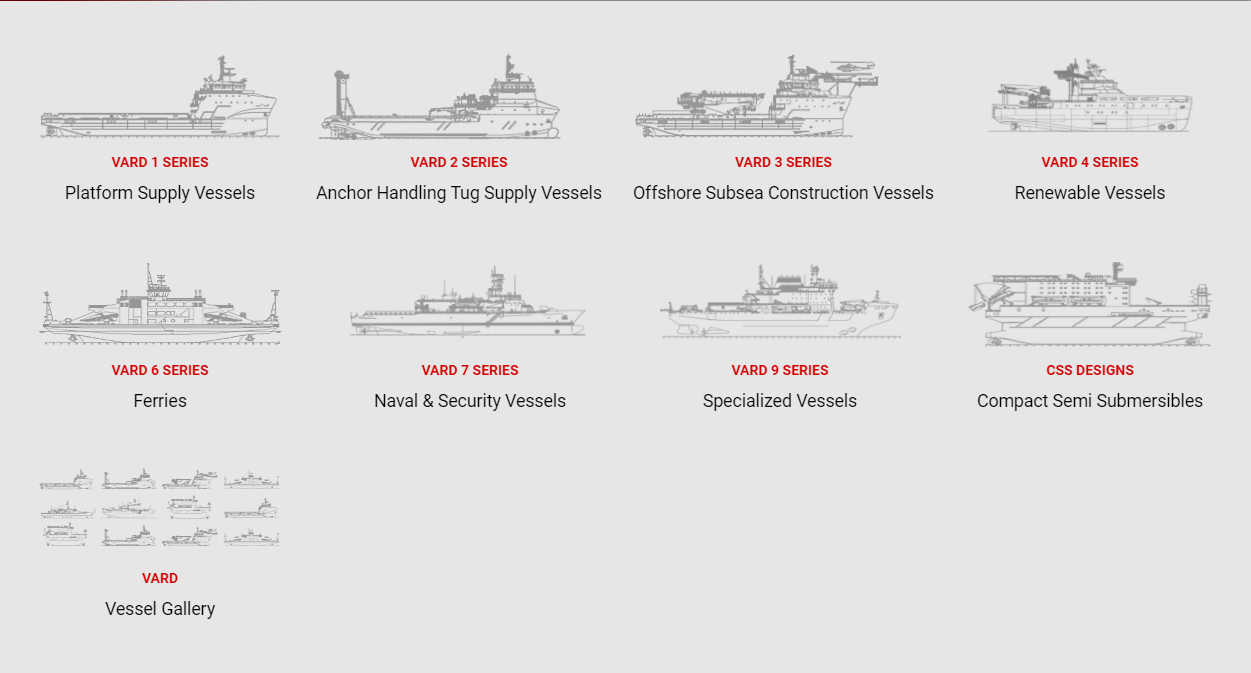Just like my article for the options for the second enhanced sealift vessel we will look at what the requirements are and the see what options we have available on the market.
We know form the DCP2019 that the Southern Ocean Vessel will be capable of going deep into the Southern Ocean carry out patrols, and various resupply and even research missions. Industry engagement has already commenced and telling the industry what we need and gathering information. Request for tender is in 2022.
From the DCP it states
Southern ocean patrol Vessel
Preserving the Southern ocean and new Zealand’s marine living resources
81. In the coming years it is likely that a range of factors will lead to an increase in resource competition, impacting on access to and sustainability of marine resources in New Zealand, the Pacific, and the Southern Ocean.
82. An opportunity exists for New Zealand to better support the sustainability of marine resources in the Southern Ocean and in New Zealand’s Exclusive Economic Zone. Monitoring and mitigating the effects of climate change will also require continued support to New Zealand’s civilian presence in Antarctica and the Southern Ocean.
83. Towards these ends this Defence Capability Plan 2019 includes the delivery of a dedicated Southern Ocean Patrol Vessel. The capabilities of this vessel will be primarily for use towards supporting other agencies in the Southern Ocean and around New Zealand. Built to commercial specifications, the vessel will have minimal specialist military capabilities.
84. This vessel will be used by Defence alongside other Government agencies in the Southern Ocean and the waters of New Zealand, allowing the Otago Class offshore patrol vessels, and their eventual replacements,
to focus on the South Pacific.
85. While the operation of this vessel will be Defence-led, it will be able to support non-Defence functions including the gathering of scientific data.

118. Over past decades, the Defence Force has been reliant on a number of capabilities based on either a single or very small number of platforms, including:
118.2 Offshore Patrol Vessels – the coincidence of the summer fishing season in the Southern Ocean, and the cyclone season in the Pacific creates demands on the two Offshore Patrol Vessels that often exceed the capacity of a two ship fleet; and
193. The Navy’s existing patrol capabilities are not able to meet the changing requirements of New Zealand’s Maritime domain. The inshore and offshore patrol vessel have provided significant value during their service lives, but are increasingly operationally limited as the ships age and regulations evolve. With expectations to operate with increasing frequency in the South Pacific and the Southern Ocean, the existing vessels do not provide the optimal fleet for our maritime domain.
194. Acquisition of a Southern Ocean Patrol Vessel will occur in the mid-2020s. The new vessel will provide dedicated patrol capabilities to other Government agencies within New Zealand’s sovereign waters and the Southern Ocean. Built to commercial standards, the vessel will significantly increase the level of capability and safety for operations in the Southern Ocean, allowing for a broader patrol area and the ability to stay within fishing grounds for greater durations. This will allow the remaining offshore patrol vessels greater capacity to respond in the Pacific.
Indicative dates:
Industry engagement commences – 2020
Request for tender – 2022
Introduction into Service – 2027
indicative capital cost: From $300–$600m
- Southern Ocean Patrol Vessel Project
- Beca selected to support Southern Ocean Patrol Vessel Project
- SOPV
- Southern Ocean Patrol Vessel
So we roughly know what the vessel is be capable of or what the government want it to do, we know it will be built to commercial standard, and we know the budget. We also know that Beca Applied Technologies Ltd, with the support of specialist naval architecture company Vard Marine Inc, has been appointed by the Ministry of Defence as Technical Support Partner to the Southern Ocean Patrol Vessel project.
The current two OPV's HMNZS Otago and Wellington cost around $110 Million in 2003 and inflate that to today's money 2020 $155 million NZD. If we calculate that inflation a say an average rate of 2% over 4 or 5 years we have $168-172 million depending when contract would be signed. The starting budget for the SOPV is at $300m with an upper level of $600 million. This is a very generous amount. Twice the amount for the current OPV's which still quite capable vessels and have been and some rough southern seas with no major issues. The current OPV's are designed to survive upto sea state 9.
So for the SOPV, we know it needs to be able to handle conditions as shown in the videos above, and to be able to survive upto at least sea state 9 or more... which in all my years in the Royal New Zealand Navy I never experience sea state 9, but many times 7 and 8 and on average it sea state 4 or 5.
So what do we know about Vard and what options are there for a dedicated southern ocean patrol vessel. Well we know the Vard have their own designs as a starting point. Both current OPV's and The Harry DeWolf Class as well as the Irish OPV's are based on Vard designs.
Harry DeWolf-class offshore patrol vessel
Canada has adopted this class for their OPV's 6 are planned for the Royal Canadian Navy and 2 for the Canadian Coast Guard. They have a Polar Class 5 hull compared to our current OPV's Polar Class 6
| Type: | Arctic/offshore patrol vessel |
| Displacement: | 6,615 t (6,511 long tons) |
| Length: | 103.6 m (339 ft 11 in) |
| Beam: | 19 m (62 ft 4 in) |
| Ice class: | Polar Class 5 |
| Installed power: | Four 3.6 MW (4,800 hp) diesel generators |
| Propulsion: | Diesel-electric; two shafts (2 × 4.5 MW (6,000 hp)) |
| Speed: |
|
| Range: | 6,800 nmi (12,600 km; 7,800 mi) |
| Boats & landing craft carried: |
Two multi-role rescue boats - ABCO Industries 12 m (39 ft) landing craft |
| Complement: | 65 (RCN) |
| Sensors and processing systems: |
SATCOM (Link 16), Multichannel VHF/HF Radio, Anti-missile detect systems; OSI Maritime Systems, Integrated Bridge Navigational System; SAGEM Damage/Machinery Control Systems |
| Armament: |
|
| Aircraft carried: |
|
| Aviation facilities: |
|
I believe size wise she would meet the Southern Ocean and be able to handle it considering the current OPV's are 85m and 1900t. There is a whole section in the SOPV Project where they talk about the wave length and how it is pretty unique to the southern ocean. Meaning the the vessel needs to be built to be able to handle it. Polar class 5 means year-round operation in medium first-year ice, which may include old ice inclusions, where our current OPV's are limited Summer/autumn operation in medium first-year ice, which may include old ice inclusions which is Polar Class 6.

This is obvious that it is most people's choice of vessel, but, I think it is a little on expensive and probably outside of our budget. Also it was designed for the Arctic Oceans on the Southern Oceans which have different wave lengths and patterns and can be a lot rougher and unpredicatable compared to the Arctic Oceans... This will be the dilemma with all the choices on this list.
Cost was in 2007 and is being built in Canada $2.3 Billion to construct 6. That is $383,333,333 Canadian dollars per ship in 2007 to construct (there was extra cost involved including design etc.) But since it is already designed we can just build another at the end of the run. So let's do the conversion it be $438,830,416.29 NZD in 2020 dollars $559,171,662. with around 2% inflation rate in 2024 roughly when contracts would be sighed all of a sudden $605,265,389.91. the budget is 300m to 600 million. So we are right up on the upper echelon of the budget.
Now things can be done to lower costs, get it built in South Korea, and maybe stick with the polar class 6 hull as are the HMNZS Aotearoa and the 2 current OPV's Otago and Wellington.
The Norwegian Coast Guard icebreaker and offshore patrol vessel NoCGV Svalbard (W303) was constructed by Langsten AS at Tangen Verft shipyard in Kragerø and launched on 17 February 2001. She was named 15 December in Tomrefjord with Minister of Defence Kristin Krohn Devold as godmother, and delivered to the Coast Guard on 18 January 2002. She entered service in mid-2002 and is homeported in Sortland. Her primary operating area is in the Arctic waters north of Norway, the Barents Sea and around the Svalbard islands. On 21 August 2019, Svalbard became the first Norwegian ship to reach the North Pole.

Svalbard is the second largest ship in Norway's military armed forces (by tonnage), designed to supplement the three other helicopter-carrying ships of the Norwegian Coast Guard - the Nordkapp-class offshore patrol vessels. She is NBC-protected with constant overpressure, and is capable of icebreaking and emergency towing up to 100,000 tons. The Norwegian coastline is generally free of ice, thus Svalbard is the only active Norwegian icebreaking-capable vessel. A double acting ship, Svalbard is designed to break ice both ahead and astern.

| Class and type: | Offshore patrol vessel |
| Displacement: | 6,375 tonnes |
| Length: |
|
| Beam: | 62.6 ft (19.1 m) |
| Draught: | 21.3 ft (6.5 m) |
| Depth: | 27.2 ft (8.3 m) |
| Installed power: | Four Rolls-Royce Bergen BRG-8 diesel generators (4 × 3,390 kW) |
| Propulsion: |
|
| Speed: | 17.5 knots (32.4 km/h; 20.1 mph) |
| Complement: | 50 (20 Officers and 45 Other Ranks split into 3 shifts with 2 shifts on board at any one time) |
| Sensors and processing systems: |
EADS TRS-3D /16 ES with IFF |
| Armament: |
|
| Aircraft carried: | Capacity for two helicopters; one Lynx carried initially, NH90 from 2009 |
This vessel is what the Harry DeWolf Class was based on, and in 2000 it cost NOK $575 Million or $80 Million USD. In 2020 that is $120 Million USD or $180,097,200.00 NZD put our estimate of 2% inflation and 5 years we have $198,841,861.23 even 10 years $219,537,481.86 NZD and would practically come in under budget and has so much room for any calculation error on my behalf,
So she is in budget. But does she meet the needs and requirements. Can carry up to the NH-90 has limited ice breaking, can do the ship to shore is a proven design. Canada and even Russia are using this design. however a lot cheaper than the Harry De Wolf leaving some room in the budget for alterations to upgrade as she is an older design, to meet the requirements of the RNZN and the SOPV Project laid out in the DCP2019. Again she was designed for the arctic oceans not the southern oceans which have different wave lengths and patterns, as well as can be a lot rougher.
Knud Rasmussen class
The Knud Rasmussen class is a class of offshore patrol vessels operating in the Royal Danish Navy from 2008. Built to replace the Agdlek-class cutters on a one-for-one basis, the Knud Rasmussen-class vessels are significantly larger, enabling patrols further offshore.
The ships' normal tasks include fisheries inspections, environment protection, search and rescue, sovereignty enforcement, icebreaker assignments (Finnish-Swedish ice class 1A Super/Polar Class 6), towage and salvage operations and general assistance to the Danish and Greenland governments (including police tasks). The class has a helicopter deck aft behind the superstructure but lacks an aircraft hangar. However, it can perform Rotors running refueling and can thus increase the endurance and the range of the helicopter. December 2013 a third ship of the class (HDMS Lauge Koch) was ordered by the Danish Parliament. Service entry of the third ship will be 2016, with an estimated cost of 513 mill Dkr (US$ 77.7 million).

| Type: | Ocean patrol craft |
| Displacement: | 1,720 tons (2,050 t full load) |
| Length: |
|
| Beam: | 14.6 m (47 ft 11 in) |
| Draft: | 4.9 m (16 ft 1 in) |
| Propulsion: | 2 x MAN B&W Diesel ALPHA 8L27/38 generating 2,720 kW (3,650 hp) each through RENK reduction gear "Twin in/single out" |
| Speed: | 17 knots (31 km/h; 20 mph) |
| Range: | 3,000 nautical miles (5,600 km; 3,500 mi) |
| Boats & landing craft carried: |
1 x SB90E for search and rescue, 1x 7 m (23 ft) RHIB, 1 x 4.8 metres (16 ft) RHIB |
| Complement: | 18 + aircrew and transients (Accommodation for up to 43 in total) |
| Sensors and processing systems: |
|
| Armament: |
|
| Aviation facilities: | Aft helicopter deck |
One of the smaller vessels, my issue here is that there is no hanger and would need a major resign around this. She is also smaller and lighter than our current OPV's and I am not sure she would suite the southern ocean. Budget wise as NoCGV Svalbard she would be well with in budget with cash left over but with alterations made for hanger then all over a sudden she is alot more expensive. I don't believe she would meet the requirements of the RNZN and SOPV Project laid out in the DCP 2019. Simply put to small and no hanger.
Vard Marine
Since we know Vard is involved it is a good bet it will be based off one of their hulls. When you look at the Vard series of vessels that have already been designed and would only need minor alterations to meet the requirements of the DCP2019 and the requirements of the RNZN. I believe it will be done this way. Meaning it is going to be difficult for options... but the base is basically done. I would update the current designs they have proven themself in the southern ocean, and OPV's longer and wider, (basically bigger) and a polar class 5 hull. This gives room below for maybe some small labs for the scientists, larger flight deck and hanger. and still have room for the aft crane for off load equipment ashore.

From their website and to be fair there is more to it,
Vard Marine’s suite of proven designs for Offshore Patrol Vessels (OPVs) offer the operational and performance capabilities needed by navies, coast guards and other maritime security agencies around the world.
These OPVs, ranging in size from 25 to 125 metres, operate in tough coastal and offshore environments from the tropics to polar waters.
Traditionally, patrol vessels were designed to the same military standards as surface combatants. This approach resulted in higher shipyard costs amplified by high-cost equipment and systems requirements. As a result, OPVs were unnecessarily expensive and often unsuited to their intended function.
Vard Marine’s approach, however, is different. We design our offshore patrol vessels to high quality commercial standards, and fit with a weapons system as appropriate. We work to simplify the design, procurement and construction phases to produce a product you will be happy with.
https://vardmarine.com/vessels/
Their vessels are very adaptable to the clients requirements and needs. So my point is I don't believe we will get the Canadian version Harry De Wolf class nor do believe it will be based on the Svalbard, however is is more likely to a Vard 7 Ice hull length in the 100-105m range with hopefully at least a Polar Class 5 hull. But the rest will be designed to meet the RNZN and DCP2019 requirements.


